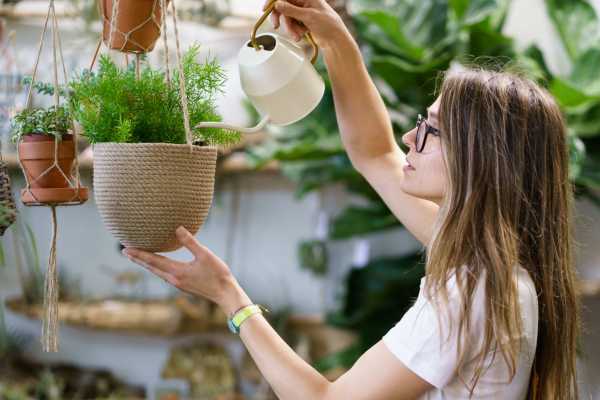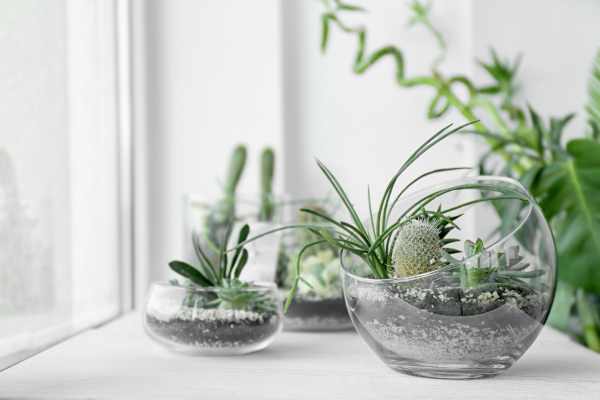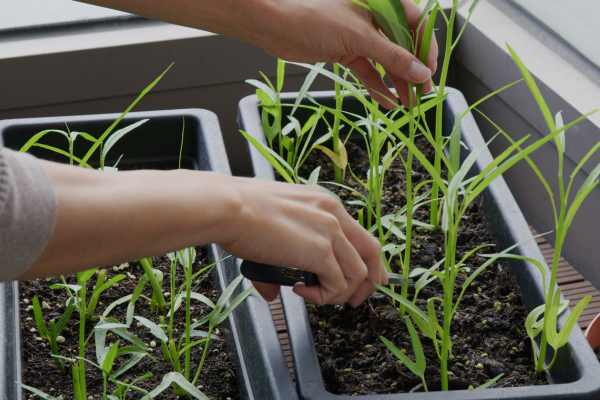Residing in a petite dwelling comes with unique obstacles, particularly concerning maintaining gardens. Even with limited space, abandoning your green aspirations isn’t a necessity.
Embracing vertical gardening proves to be a clever and space-efficient technique, enabling the creation of a flourishing garden within a smaller footprint compared to traditional methods.
Vertical gardening warrants adoption. In this piece, we’ll delve into the intricacies of vertical gardening and furnish you with practical advice to help transform even the tiniest nook into a verdant haven teeming with lush foliage.
What Exactly Does “Vertical Gardening” Entail?
Vertical gardening involves utilizing structures such as walls and trellises to encourage upward growth in plants.
It’s a resourceful and sophisticated gardening approach, ideal for individuals inhabiting compact spaces who aspire to maximize available areas while enhancing their surroundings with verdant charm and allure.
Advantages of Cultivating Plants Vertically:
Optimized Space Utilization
Vertical gardening optimally utilizes available space, facilitating the cultivation of diverse plant varieties even within the most confined areas.
Enhanced Aesthetics
Vertical gardens yield captivating visuals, metamorphosing mundane walls into vibrant, artistic displays.
Enhanced Accessibility for Maintenance
Vertical plant growth simplifies maintenance tasks, eliminating the need for excessive bending or kneeling, thus rendering gardening endeavors more convenient and comfortable.
Improved Air Circulation
Vertical gardens foster improved airflow around plants, mitigating the risk of diseases or pest infestations.
Vertical Gardening Pointers for Tiny Home Dwellers:
Optimal Structural Selection
Select suitable vertical structures based on available space and desired plant types, including options such as:
Wall-mounted flower potsUtilization of gazebos and pergolasHanging baskets or pots from ceilingsTiered shelves or plant stands.
Sunlight Exposure Assessment
Familiarize yourself with solar patterns affecting your abode. When siting your vertical garden, consider both direct and indirect sunlight exposure to ensure adequate illumination for plant growth.
Appropriate Plant Selection
Choose plants adaptable to prevailing temperature ranges and light exposure levels. Compact and trailing species are well-suited for vertical gardening, including:
Herbs like basil, mint, and thymeLeafy greens such as spinach and lettuceSucculents and climbing plants like pothos and ivy.
Soil and Watering Considerations
Opt for high-quality, well-draining soil to prevent waterlogging issues. Efficient watering methods like drip irrigation systems or self-watering planters can be advantageous for vertical gardens.
Adequate Spacing between Plants
Allow ample space for plant expansion to prevent overcrowding, promoting optimal air circulation and reducing disease risks.

Guiding Climbing Plants
Employ soft ties or twine to guide climbing plants along trellises or supports, providing necessary support for their growth.
Utilization of Recycled Materials
Exercise creativity by repurposing materials like pallets, wooden crates, or planks to construct your vertical garden.
Edible Wall Installations
Craft a functional and aesthetically pleasing green wall by cultivating edible herbs and greens, providing a fresh produce source within arm’s reach.
Regular Plant Rotation and Replacement
Periodically rotate and replace plants to maintain visual appeal and preserve nutrient levels.
Integrate Vibrant Flowers
Incorporate colorful flowering plants like nasturtiums or petunias to infuse vibrancy into your vertical garden space.
Keep reading our articles:
Cultivating a Green Oasis in Compact Living
Maximizing Sunlight: Advice for Small Garden Enthusiasts
Conclusion:
Vertical gardening presents an excellent option for compact home occupants keen on nurturing greenery despite spatial constraints.
Embrace vertical expansion to fashion a verdant and diverse outdoor sanctuary adjoining your modest abode. Unleash your creative ingenuity to fashion your vertical expanse into a verdant paradise.
FAQs:
1. Can I cultivate vegetables in a vertical garden?
Certainly! A variety of vegetables, including tomatoes, cucumbers, beans, and leafy greens, thrive in vertical garden settings.
2. Do vertical gardens demand more upkeep than traditional gardens?
While vertical gardens may require more frequent watering due to their orientation, they don’t necessarily entail greater maintenance.
Proper planning and irrigation strategies can streamline maintenance efforts.
3. Which plants are best suited for novice vertical gardeners?
Beginner-friendly options encompass herbs like pothos, spider plant, mint, and basil, alongside succulents such as aloe vera.
4. Can I establish a vertical garden in a small dwelling?
Absolutely! Vertical indoor gardens can be realized through wall-mounted planters, hanging pots, or vertical shelving systems.
5. How can I foster eco-friendliness in my vertical garden?
Adopt eco-conscious practices by employing organic soil and fertilizers, harvesting rainwater for irrigation, and embracing composting to minimize waste and promote sustainable gardening practices.


